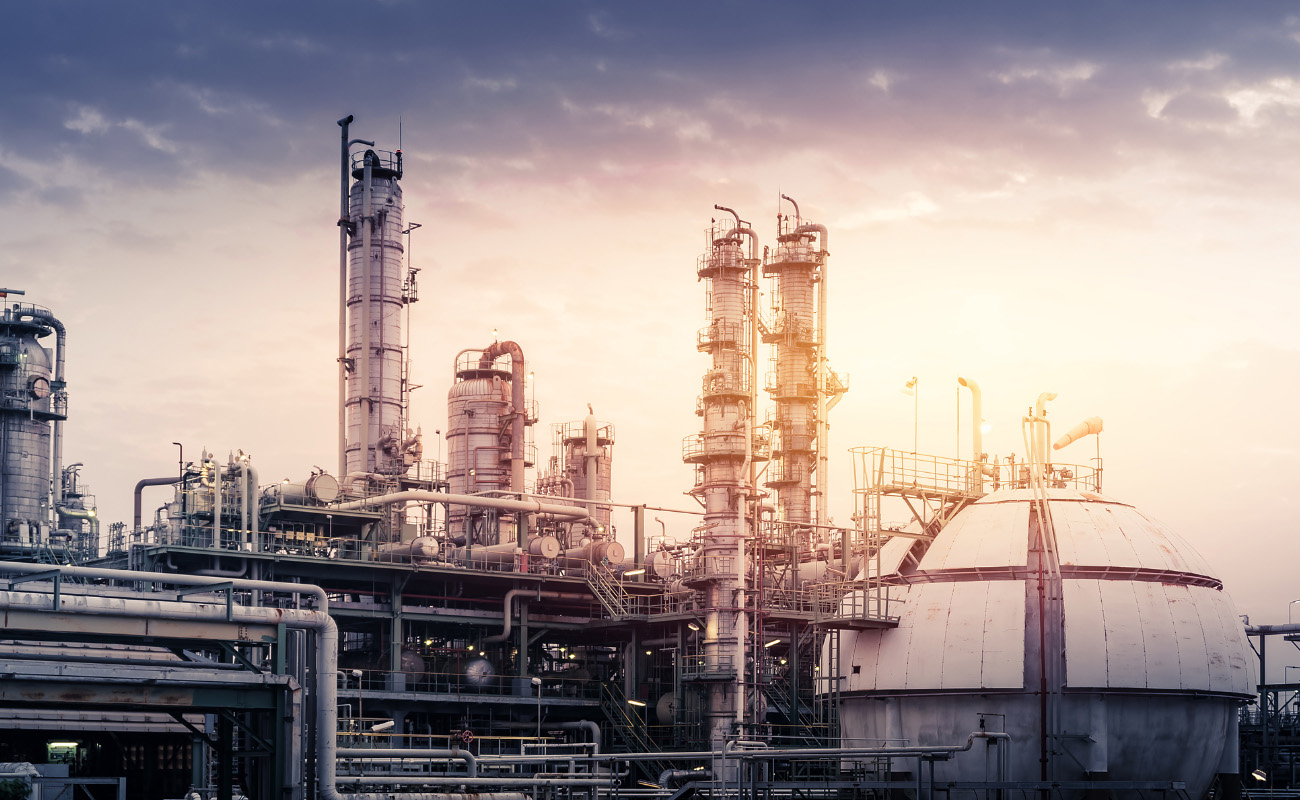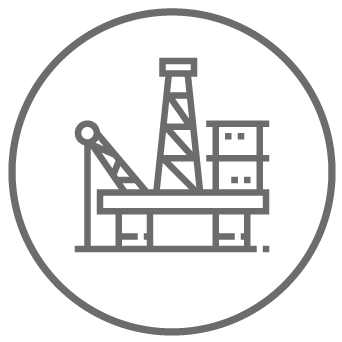Next-generation fuels – Definition of synthetic hydrocarbons

The European Commission has been working to reduce emissions from the auto industry for some time, and in its Sustainable and Smart Mobility Strategy, it wants to put 30 million zero-emission cars on the market by 2030. In addition to this, a bill to make electric vehicle (EV) batteries more sustainable is in the works.
Biofuels were initially targeted, but this solution revealed several problems as fuel was produced from combustible food residues such as sugars, starches and vegetable oils, but also animal fats.
Fuels - Second- and third-generation
Subsequently, second-generation biofuels made from non-edible crops and portions of edible plants were introduced for fuel production. In this way, the greenhouse gas reduction was greater than the first-generation fuels obtained from food sources. However, this is a product whose production is complex because of the need to extract the raw materials from woody or fibrous biomass.
This led to third-generation biofuels as algae grown in lakes and the sea, although producing this feedstock is uneconomical.
Fourth-generation fuels or synthetic hydrocarbons
The latest development in the fuel sector is fourth-generation fuels or synthetic hydrocarbons, which are produced by harnessing energy from renewable sources for this reason called electro fuels or e-fuels. This is an area where large companies are focusing their attention with major investments.
For example, a few months ago a partnership was announced between Siemens Energy, Porsche and several other companies, including Enel, to start the world's first industrial-scale plant of this kind in Chile, called Haru Oni, for the production of synthetic, climate-neutral fuels, of which Porsche will be the first user.
Synthetic hydrocarbons or e-fuels are produced from hydrogen and carbon dioxide. In detail, hydrogen is produced from water by electrolysers powered by renewable energy, while carbon dioxide can be captured from the air or from exhaust fumes from industrial processes such as cement or steel production or fossil fuel power generation. The combination of these two compounds leads to the production of methane or methanol and, if necessary, later to the synthesis of other compounds such as diesel or gasoline.
Although the production of synthetic hydrocarbons is only just beginning, these are substances already created in various plants. The leading example is the George Olah Renewable Methanol Plant of Carbon Recycling International (CRI), which produces 4,000 tons per year of Vulcanol, renewable methanol, by combining green hydrogen with geothermal-derived carbon dioxide from underground. It is joined by Norsk e-fuel, in Norway, which plans to produce 10 million liters of renewable fuel by 2023, rising to a production capacity of 100 million liters per year by 2026.
All the advantages of synthetic hydrocarbons
Those who use synthetic hydrocarbons or e-fuels have the advantage of having large amounts of vehicle fuel energy in a light and compact way. Compared with lithium-ion batteries, e-fuels store up to 50 times more energy by weight and 14 times more energy by volume. They are also much more compact than hydrogen, which requires high pressures to compress and makes the tanks very heavy. But that is not all.
Synthetic hydrocarbon tanks are less expensive, and fuels in their liquid state can be stored in large quantities and for long periods. This means that once e-fuels are produced, there are no practical limits to the amount of energy that can be stored. This advantage is even more important when considering changes in energy demand and renewable energy production.
In addition, synthetic hydrocarbons are transported around worldwide like petroleum and solve the problems of moving large amounts of renewable energy across time and space. The final advantage of synthetic e-fuels is that they can directly replace fuels used in existing vehicles, such as jet planes, heavy trucks, private cars and ships. Indeed, it is possible to use the existing refuelling infrastructure, including
distribution and storage.
In conclusion, e-fuels are not the only solution to achieve zero-emission transportation, but they are an important contribution to decarbonisation, particularly in the aviation, heavy-duty transport, and luxury car sectors.




